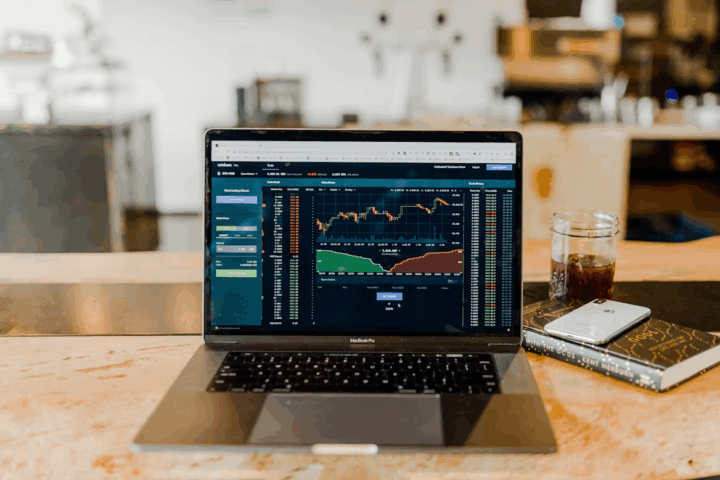Running a business in 2025 is not easy. After several years of successive once-in-a-generation shocks to industries, national infrastructures, international trade relationships and wider geopolitical stability – and alongside hitherto unanticipated disruption in the AI age of tech innovation – the business landscape is barely recognisable. Those resilient enough to survive this far have done so to their credit.
This does not make the years ahead any less daunting, though. Even though issues of inflation and recession are ostensibly, indeed briefly, subjects of the rear-view mirror, what comes next promises to test even the most resilient of organisations. It is now that ‘efficiency’ must become the word of the day. Efficiency is already a charged word in business, particularly with respect to financial efficiency – a principle every business should be able and willing to adopt in service of weathering leaner times. But what is it, and why should you be versed in it?
What Does Financial Efficiency Mean?
Financial efficiency simply refers to the relationship between a given business’s profits and costs over time. More specifically, and more directly, a financially-efficient business is capable of continuing to grow its profits at a maximal rate while expending minimal resources to do so.
Financial efficiency is something that every business should be, to some extent, striving for; after all, little inefficiencies add up, ultimately to lost takings and lost potential. A business’s inability to deal with its own inefficiencies, particularly in a febrile time for industry disruption and barriers to growth, is a shortcut to that business’s demise.
How Can You Measure Your Company’s Financial Efficiency?
So, how can your own business’s financial efficiency be quantified and addressed? This is a difficult question to answer broadly, particularly for the individual nature of a business’s structure and expenditure. Some costs that may outwardly seem inefficient could be a compromise propping up greater savings elsewhere, for instance, through the development of positive working relationships. Seemingly redundant costs like the constant
In short, there’s no one catch-all metric you can apply to your business in order to calculate its efficiency. Rather, you need to be comfortable with engaging in a top-down audit of your business’s processes, assets, productivity and more.
Financial efficiency is not a narrow subject; it goes to your workforce’s structure and efficacy, as much as it does the position and risk of your business’s investments. Here, independent counsel from a corporate lawyer with industry-specific experience can help illuminate new areas you may not have considered.
What Can You Do To Drive Financial Efficiency?
With regard to actively driving financial efficiency in your business, one example here may give you some inspiration. Automation is one of the key ways in which businesses make themselves leaner, and has become a much more potent prospect with thanks to the rapid development of competent AI LLMs. If not completely replacing staff members, small investments in AI can make huge differences to productivity, increasing manhours per employee.







